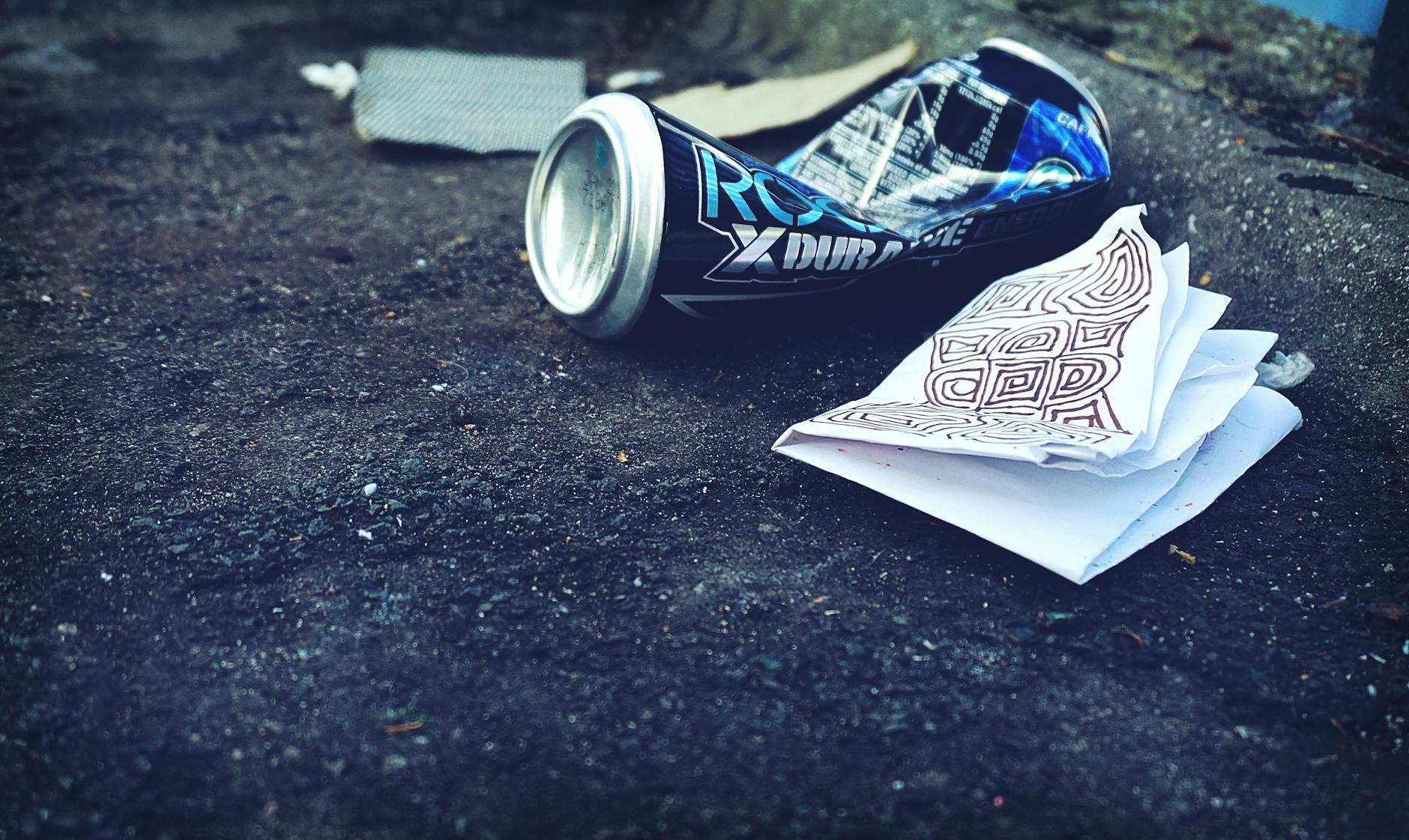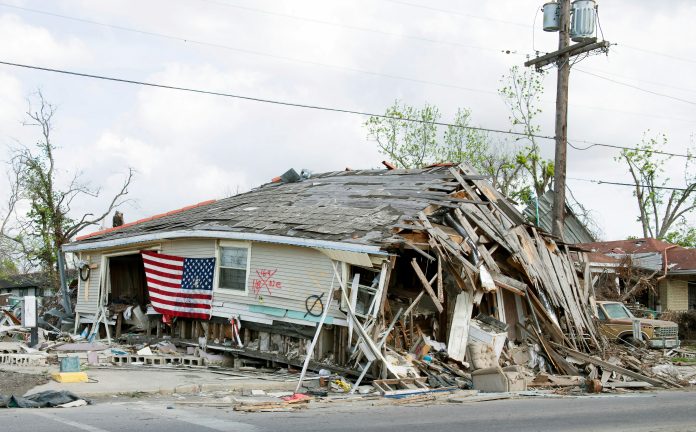Discarding garbage improperly is never a benign act. Unlike climate change’s slow yet adverse effects, the impact of litter on the environment is immediately palpable. Discover how litter worsens life on Earth, according to science.
How Does Littering Affect Animals?

Littering affects animals in various ways — from damaging their habitats to injuring them fatally.
Compromising Safety
Introducing junk into coral reefs puts countless sea creatures in danger. Corals provide shelter and serve as hunting grounds for thousands of aquatic species. Unfortunately, derelict fishing gear, plastic bottles and other litter can smother or break corals, threatening entire underwater ecosystems.
Influencing Migration
Cluttering up migration routes provides snowbirds — like white storks traveling from the Iberian Peninsula to the Sahel — with additional pit stops. Garbage dumps are incredibly abundant food sources, serving as avian oases for exhausted winged migrants needing to fly over the ocean and expansive land barriers.
Compared to wetlands and other natural stopovers, dumps boost foraging efficiency. They allow juvenile white storks in poor body condition to spend 45% less time and 10% less energy replenishing depleted resources and building up fat reserves.
Mismanaged solid waste is a buffet to white storks, causing birds to take detours and put off migration longer. As a result, they arrive at wintering destinations much later than those who foraged at natural stopovers or flew nonstop.
Arrival timings have consequences for long-distance flyers. Latecomers may experience less supportive weather conditions and use more fuel to complete the journey.
Causing Accidental Death
Throwing trash in nature is cluttering up habitats, hurting and killing animals of all shapes and sizes. For instance, food and beverage containers are ecological traps.
The odor of food remains lures critters, causing them to get stuck once inside. The deadliest are plastic and glass jars, imprisoning over 32% of hapless animals, which are mammals almost 80% of the time. More than 12% of vertebrate victims of such debris are vulnerable, endangered or critically endangered species. The carcasses of trapped animals may act as bait, entrapping other organisms and causing them to suffer the same fate.
When trash doesn’t kill wildlife, it can severely injure animals. Loose nails, broken glass fragments and other sharp debris scratch, lacerate and pierce, hurting an animal’s chance of survival in the wild. Predators may damage their internal organs by ingesting junk that looks like prey or actual prey containing litter. Interacting with loopy garbage causes entanglement.
Impact of Litter on Plants

Plants are also innocent victims of human littering. Endangering terrestrial and underwater vegetation will deal a massive blow to the fight against climate change, the planet’s habitability, and wildlife and human survival.
Compromising Soil Health
Cigarette butts are some of the most common litter on the planet. Although sunlight breaks them down into smaller particles, they pollute the surroundings as they degrade.
Tobacco filters slowly release cellulose acetate microfibers and a cocktail of toxic chemicals in the wild. Such waste leaches into the soil, potentially harming plant growth and soil.
Hindering Photosynthesis
Litter blocks out sunlight, depriving plants of much-needed ingredients to make food. In addition, some debris is a fire hazard, emitting smoke with harmful ozone. Exposure to ground-level ozone can injure plants by entering their stomata and chemically reacting with their cells.
Sapping Nutrients From Foliage
Burning trash can release large volumes of sulfur and nitrogen oxides into the atmosphere. These compounds help form acidic pollutants when they mix and interact with oxygen, water and other atmospheric chemicals.
Acidic water — mist, fog, cloud, rain or snow — removes valuable plant nutrients from leaves upon contact. Eventually, they dry out and die. Less foliage limits a plant’s ability to harness sunlight and resist harsh weather conditions.
7 Effects of Littering on Humans

The impact of litter on the environment inevitably affects humans. Some effects are less straightforward than others, so consider these seven consequences to grasp the gravity of littering.
1. Polluting Water Sources
Trash — specifically plastic — contaminates drinking water, even when bottled. Using advanced technology capable of detecting nanoplastics, researchers found that a liter contains about 240,000 plastic particles — up to 100 times greater than previous estimates.
If nanoplastics can enter your body through bottled water, you can also ingest them by drinking from a tap or consuming any food. Plastic pollution is inescapable at this point.
2. Jeopardizing Food Security
Mismanaged garbage threatens the survival of various food sources in the wild. Unless most of what everyone eats can grow in glasshouses and laboratories, the world’s food supply depends on its ability to control litter.
3. Starting Fires
A recklessly discarded lit cigarette can burn an entire forest. The warming climate dries vegetation, intensifying bushfires and increasing their chances of reaching densely populated areas.
4. Helping Spread Diseases
Garbage can hold stagnant water and contain organic matter, which germs need to survive. Animals can acquire these pathogens by consuming contaminated food and transmit zoonotic diseases to people.
5. Building Antimicrobial Resistance
Opportunist animals can pick up antibiotic-resistant bacteria from foraging discarded waste and spread them to crop plantations. You can get these microbes from your food, making you sick.
6. Wasting Public Funds
Cleaning messy public spaces isn’t free — state and municipal governments must budget for it. If you discard garbage in nature, you’ll literally pay for it through taxes.
Fortunately, some policymakers have launched initiatives encouraging the private sector to help keep the environment litter-free. A successful example is New Jersey’s Adopt-a-Highway.
This program has helped keep the Garden State’s roadways clean and safe for motorists and raised awareness of littering. It’s given socially responsible businesses an opportunity to give back to the community and help stretch the public’s coffers.
7. Driving Down Home Values
Homes in neighborhoods with unchecked littering usually fetch less cash. The sight of mismanaged garbage creates an impression of disorder, yet the offenders remain unafraid to dirty the surroundings.
The correlation between littered neighborhoods and declining house prices is an environmental concern. Homeowners bearing the brunt of property depreciation due to littering may be less likely to invest in energy-efficient upgrades and make their houses more valuable when listed.
Lessen the Impact of Litter on the Environment Where You Can
Littering can be a frustrating environmental issue because it’s an assault on the senses, causes ecological imbalance and hurts your pocket. Addressing it starts with yourself, so make every effort to leave nothing but footprints wherever you go.










